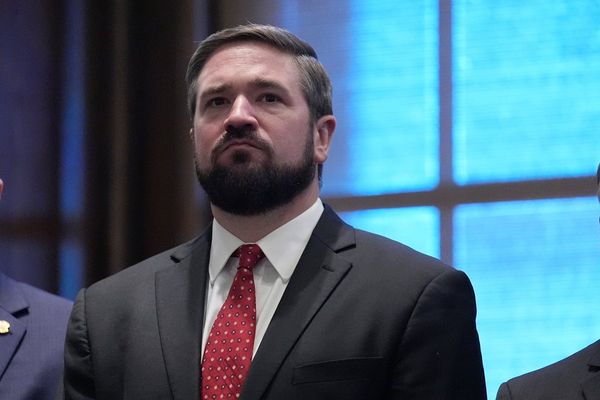
An inflation measure closely monitored by the Federal Reserve showed a modest increase last month, indicating a continued trend of cooling price hikes. This development paves the way for the Fed to potentially lower its key interest rate next month for the first time in over four years. Prices inched up by 0.2% from June to July, slightly higher than the previous month's 0.1% rise. Year-on-year inflation held steady at 2.5%, just above the Fed's target of 2%.
The slowdown in inflation could impact previous attempts to attribute rising prices to specific individuals. Despite the easing of high inflation, many Americans remain concerned about the increased costs of essentials like gas, food, and housing compared to pre-pandemic levels.
Excluding volatile food and energy costs, core inflation rose by 0.2% from June to July, mirroring the previous month's increase. On an annual basis, core prices increased by 2.6%, unchanged from the previous year. Economists often focus on core prices for insights into future inflation trends.
Recent data highlights a gradual decline in inflation in the United States following a period of significant price surges that strained many households' finances. In June 2022, inflation peaked at 7.1%, the highest in forty years, before gradually receding.
Fed Chair Jerome Powell attributed the 2021 inflation surge to a combination of reduced supply due to pandemic disruptions and increased consumer demand fueled by federal stimulus checks. With inflation moderating, Powell signaled a potential reduction in the Fed's key interest rate, currently at 5.3%, at the upcoming meeting in September.
The anticipated rate cuts are expected to lower borrowing costs for consumers and businesses, potentially impacting mortgages, auto loans, and credit cards. The focus has shifted towards stabilizing the job market as the unemployment rate has risen for four consecutive months.
Consumer spending remains robust, with a 0.5% increase from June to July, outpacing the previous month's growth. Incomes also rose by 0.3%, but with spending surpassing income growth, savings declined to 2.9%, the lowest level since the pandemic's onset.
The decline in savings suggests a potential slowdown in consumer spending, which could impact economic growth in the near future. The Fed relies on the personal consumption expenditures price index to gauge inflation, which considers changes in consumer behavior during price fluctuations.
Despite these economic fluctuations, the U.S. economy continues to expand steadily, with the government revising the growth estimate for the April-June quarter to an annual rate of 3% from 2.8%.







